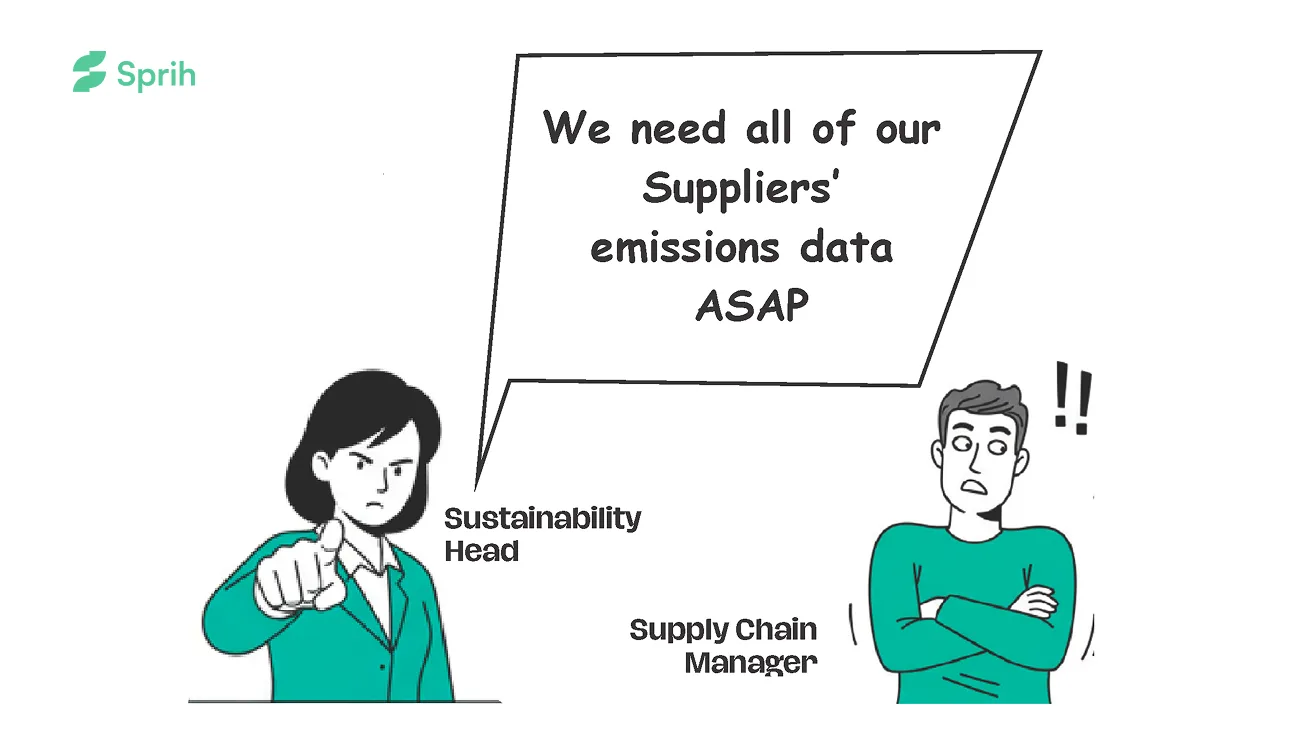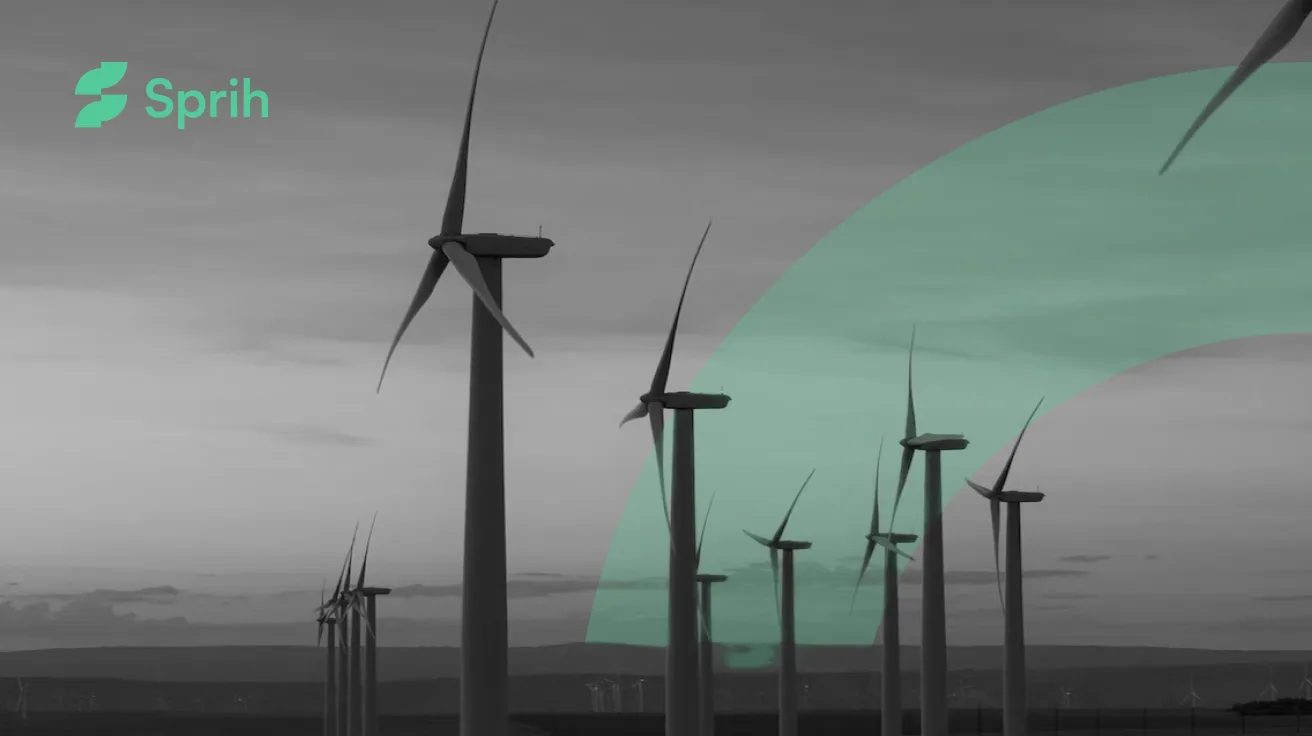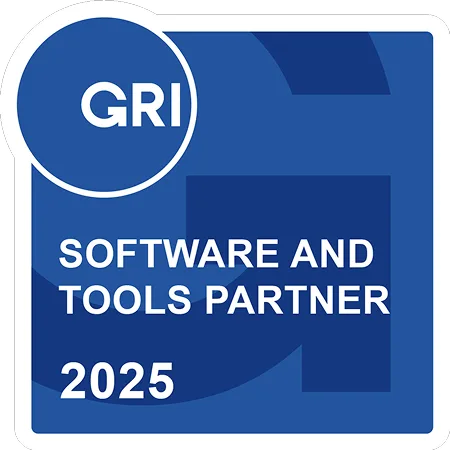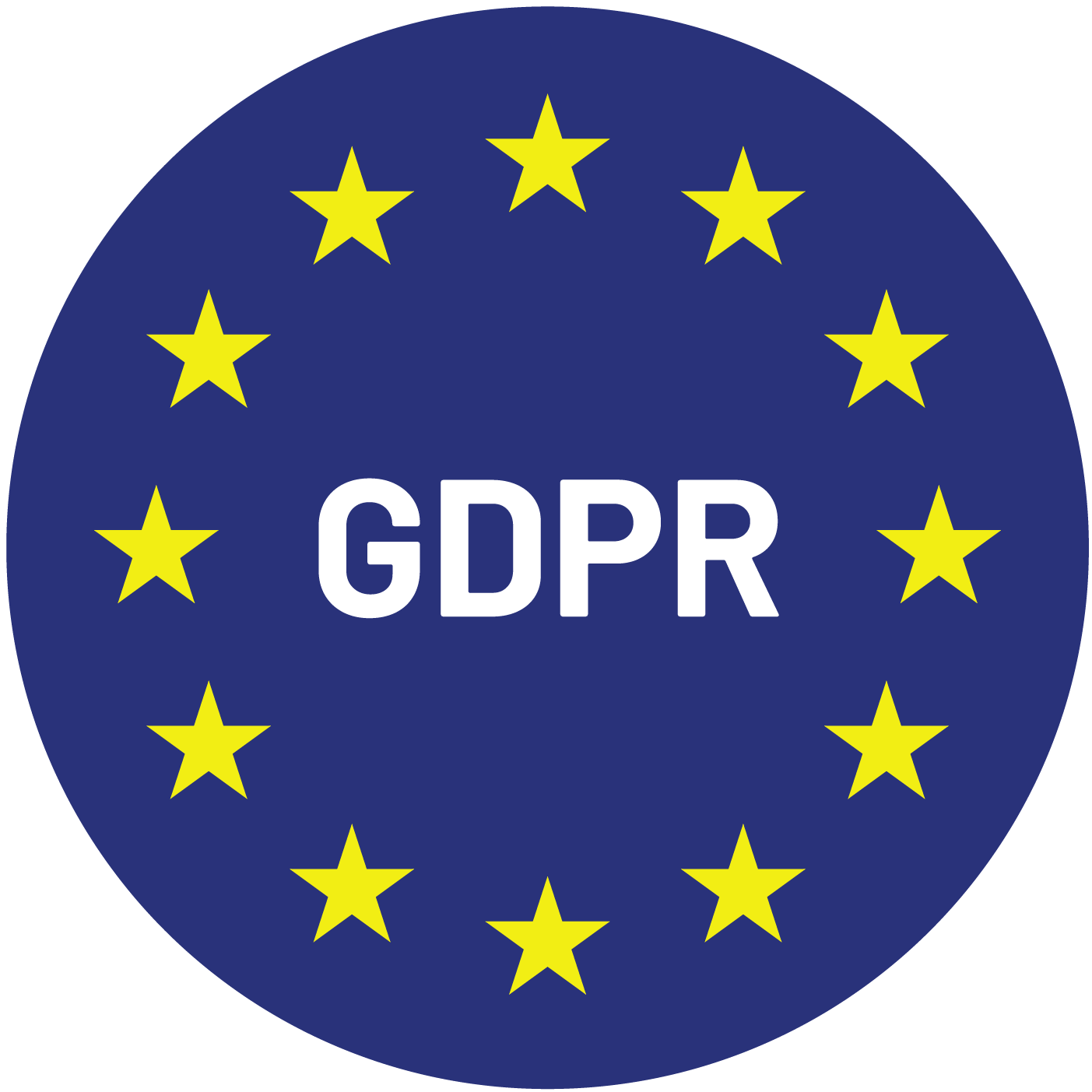It’s a quiet Tuesday evening. You sit down for a few minutes of rest—and open your favorite app. One video leads to another. A short clip becomes a full-length vlog, and before you know it, two hours have slipped away in a haze of curated outrage, trending filters, and endless scrolls.
We’ve all been there. But what if these seemingly innocent moments of digital indulgence were costing us more than just time? What if they were actively stalling our ability to act on the most pressing crisis of our age—climate change?
Enter carbon emissions of the attention economy, where your focus is the product, and your engagement is gold. This is no longer just a philosophical dilemma; it’s a climate one.
A 2022 United Nations report pulled back the curtain on the digital world’s carbon footprint—and the numbers are startling. The global tech ecosystem, from cloud storage to viral memes, now accounts for nearly 4% of total global greenhouse gas emissions. That’s as much as the aviation industry.
The carbon emissions of the attention economy come largely from data infrastructure—especially video streaming, algorithmic feeds, and cloud storage. Many of them still run on fossil fuels. And with the rise of AI-generated content and high-definition video streaming, energy demands are skyrocketing. The International Energy Agency reports that a single hour of streaming can emit up to 55 grams of CO₂. Multiply that by the 7+ hours of video the average American is expected to watch daily by 2025, and the environmental toll becomes undeniable.
The Distraction Loop
But the problem runs deeper than emissions, it’s behavioral. As journalist Chris Hayes describes in The Siren’s Call, the more content we consume, the more we crave it. The carbon emissions of the attention economy are magnified by how platforms are designed: for compulsive engagement, not mindful consumption. They capitalize on outrage, controversy, and novelty—emotions that spike engagement but flatten our capacity for critical thought.
In this feedback loop, climate change becomes collateral damage. It’s not sensational enough. It’s complex, slow-moving, and demands long-term thinking—qualities that don’t fare well in an ecosystem wired for instant gratification. As The New Yorker notes, climate change “evades our attentional faculties.” In a world screaming for clicks, it’s the quiet truths that get lost.
When Profit Undermines Progress
The consequences aren’t just environmental—they’re societal. Legacy media and new-age platforms alike monetize our attention. The longer we’re glued to screens, the more ads we see. And to keep us watching, they feed us division and disinformation.
According to the UN, this model fractures climate conversations into polarized echo chambers, where facts struggle to surface and collective action becomes harder to organize. A unified public response—the kind we need to address a planetary emergency—is drowned in noise.
The Need for Attention Sanctuaries
So how do we reclaim our focus in an age of fragmentation?
Chris Hayes proposes “attention sanctuaries”—spaces, online or offline, where people can engage deeply without the distraction of algorithmic chaos. These could be climate storytelling hubs, community discussions, or platforms that champion depth over virality.
This is where Sprih quietly steps in.
Sprih isn’t just a software platform—it’s a sanctuary for clarity. In a world overwhelmed by data and disinformation, Sprih helps businesses and organizations cut through the clutter. By translating raw emissions data into clear, actionable insights, it restores the kind of focused decision-making that climate action desperately needs.
Whether it’s benchmarking emissions across facilities, visualizing scope 3 impacts, or documenting changes transparently for auditors, Sprih enables users to engage with complexity—without getting lost in it. It’s not just about compliance; it’s about reconnecting decision-makers with what truly matters.
A Moment to Refocus
Now more than ever, as global temperatures breach the 1.5°C threshold and public concern rises, we have a chance to redirect our attention. A 2024 study shows that extreme heatwaves sharpen public focus on climate change. That window—when the world is watching—is precious. But attention is fleeting. To counter the carbon emissions of the attention economy, we need digital spaces and decision-making tools that elevate focus and purpose over noise and novelty.
Here at Sprih, we believe that starts with restoring focus where it counts. Not just in boardrooms or balance sheets—but in how we see, think, and talk about climate action.
Because the real cost of distraction isn’t just lost time—it’s a future deferred.
FAQs
What are the carbon emissions of the attention economy?
The carbon emissions of the attention economy refer to the greenhouse gases generated by the infrastructure powering digital platforms—such as data centers, content delivery networks, and personal devices—that enable endless scrolling, video streaming, and algorithm-driven engagement online.
Why is the attention economy a climate issue?
The attention economy encourages high levels of digital consumption, which in turn drives demand for energy-intensive infrastructure. This makes it a climate issue, as much of that energy still comes from fossil fuels, contributing significantly to global carbon emissions.
How much do data centers contribute to global emissions?
According to the United Nations, digital technologies now account for nearly 4% of global greenhouse gas emissions, with data centers being a major contributor. Their energy demands continue to rise with the growth of streaming, AI content, and cloud computing.
How does digital distraction affect climate action?
Digital distraction reduces public attention and urgency around complex, slow-moving crises like climate change. Platforms optimize for outrage and novelty, making it harder for people to engage with critical issues that require long-term thinking and sustained focus.
What can individuals and organizations do to reduce these emissions?
Individuals can reduce high-definition streaming and limit compulsive digital use. Organizations can adopt tools like Sprih to translate emissions data into actionable insights, helping restore focus and reduce the environmental cost of decision-making in the digital age.













